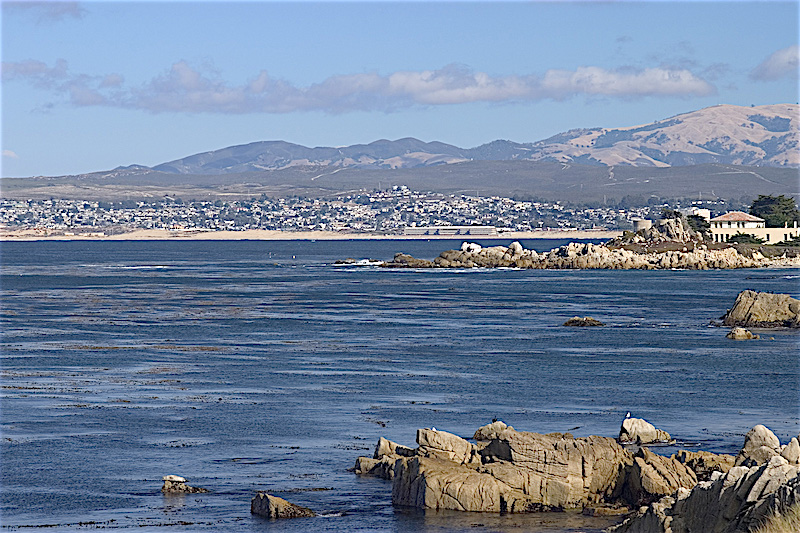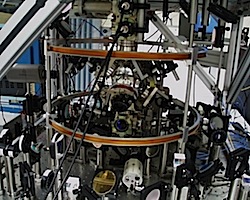By astral definition, every dawn is new. In the human condition, we see its possibility, its growing brightness bringing hope. Or, in our best selves, we bring hope to it.
We see several dawns cresting the horizon at this moment. If I may interrupt your morning reverie over coffee or tea, gazing at the solar dawn in your part of the world, let’s view together the various GNSS dawns a-coming.
A NEW GPS. The fourth GPS III satellite just launched in early November. While obviously not the first of its generation to rise, the number four holds magic status in satnav credo, being the number of satellites necessary for an accurate position fix. Now, these first four may never be simultaneously visible, thus an exclusively III fix may have to wait for more followers to rise, but still. The number. Magic four.
While we’re counting our new dawns, recycling enlightenment has come to the GPS program. The first-stage SpaceX Falcon 9 boosters from the last two GPS III launches settled gently back to Earth after fulfilling their missions and will return to the Cape Canaveral pad for a second life in 2021. This will be the way of things going forward; further, the multi-million dollar boosters with their nine engines can be recovered again that second time, for additional re-use.
A NEW GLONASS. Similarly, the GLONASS K satellite that began orbiting on October 25 is not the first of Russia’s new generation, but it is the first to rise in several years, five years in fact. Next year, a newer new generation, the K2, is scheduled to launch, and once that constellation is full, it will bring a guaranteed accuracy under 30 centimeters, according to the system’s general designer.
Rising higher in the rosy-fingered sky of the future, an even newer segment of GLONASS will come into existence in 2020. A high-orbit set, with its debut launch schediogh-orbit GLONASS will increase accuracy in the Eastern Hemisphere by 25%. The effort is aimed at improving navigation in urban centers by providing more satellites above a 25-degree masking angle.
A NEW SYSTEM OF SYSTEMS. Galileo’s Full Operational Capability was at one time expected to be declared in 2020, but that new day has yet to arrive. With 21 satellites, the system is oh so close; very soon. BeiDou reached that status by mid-year. We do effectively have an interoperable system of GNSSs; on some recent morning we passed from the rosy fingers into a Golden Age.
A NEW GNSS. And yet, and yet. Just as mid-Earth orbit systems attain their maturity, here come upstarts. Low-Earth orbit megaconstellations may be adapted or even designed from the board to provide a satellite-based PNT service of as yet indeterminate kind, but with many possibilities.
A LUNAR NAVIGATION SERVICE. Authors from the European Space Agency explain how an initial system on our very own friendly orbiting planet, using existing Earth-GNSS constellations, may be augmented with dedicated lunar orbiting satellites and lunar beacon ranging sources. Gradual deployment could lead to a full autonomous lunar navigation system.
DAWN TREADER FOR THE STARS. A few months ago, this column recounted how GNSS signals, now in use by spacecraft flying at 150,000 kilometers altitude, foretell a use of this technology to “enable untold space missions that will extend humanity’s reach for the stars.” (James J. Miller and several ICG co-authors, writing for Inside GNSS in 2019).
JUST FOR TODAY. People all over the world feel it’s a new dawn, it’s a new day. That’s fully as it should be. Hope springs eternal, and sometimes hope, and faith, and hard work, very hard work by many people joining shoulders and collaborating together, can bring forth a new dawn. Savor it, put its glow to good use, push out the frontiers of knowledge and fulfillment.






